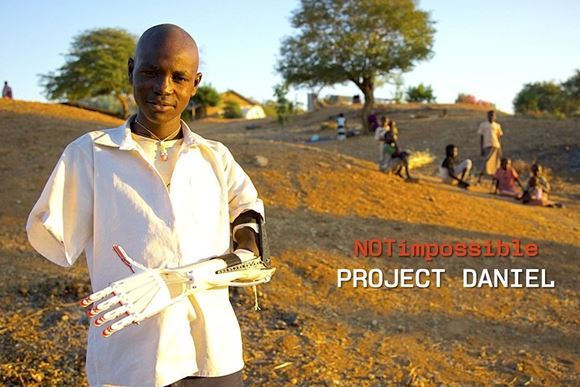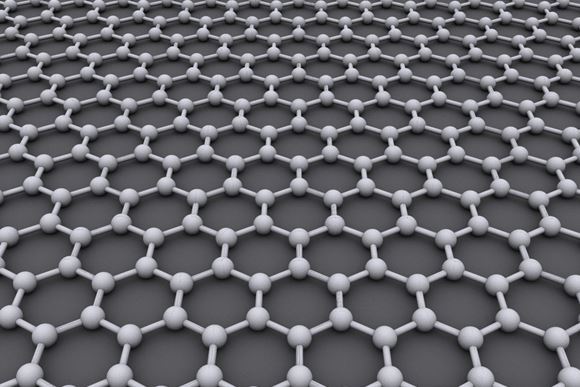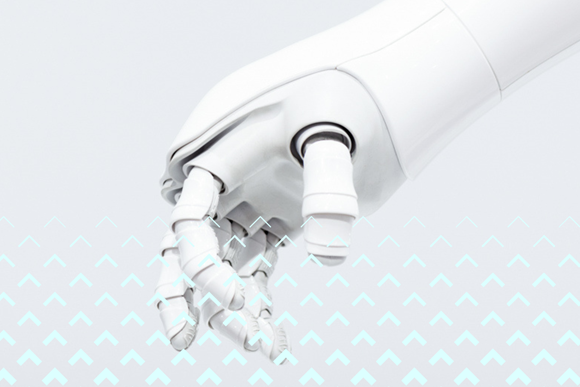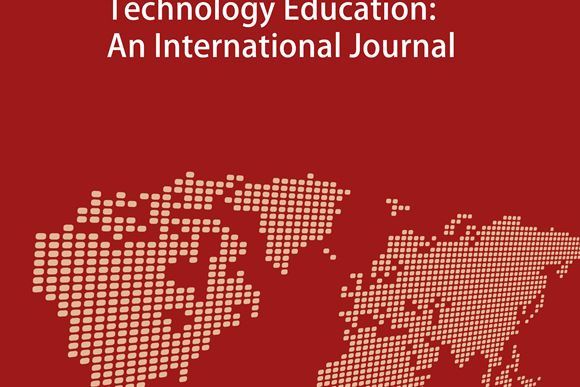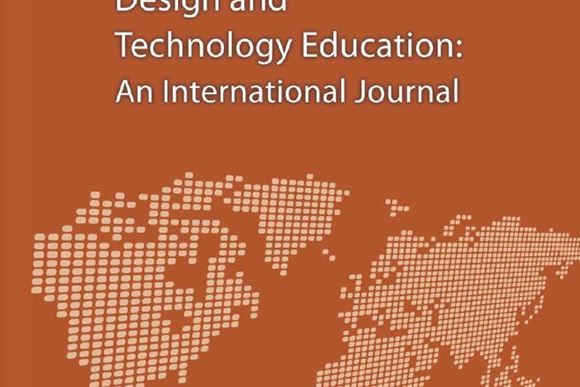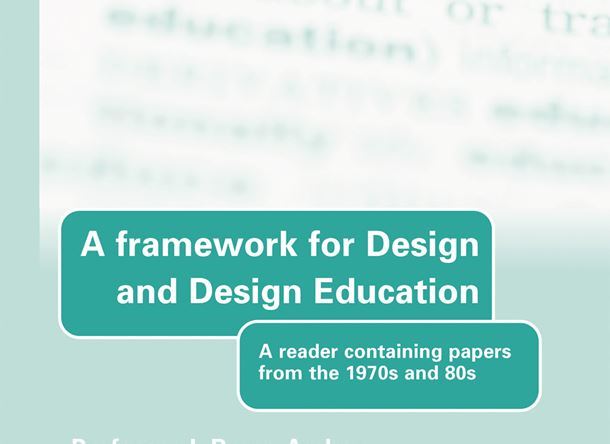Five wonder materials that could change the world
Published 24th April 2014
Written by: Richard Green
Materials such as graphene and shrilk are so new that the scientists who discovered them hardly know what to do with them – they only know they might yet transform our lives.
The recent Guardian article goes on to talk about the technological, and life changing, possibilities of materials such as graphene, spider silk, metamaterials, shrilk and stanene. You might have heard of graphene, but the others?
For example, shrilk can already be formed into, “...strong, transparent sheets ... that are biodegradable and even enrich the soil like a fertiliser as it breaks down. Bob Cunningham, ... at the Wyss Institute, says shrilk is an environmentally friendly alternative to plastics. "It might not make sense to make the trash bin that you're going to use for 10 years out of this material, but a trash bag you might fill up in a day or a week that goes to landfill? That makes a lot more sense," says Cunningham. The components are FDA-approved for use in the body, where they could find a role as sutures, or scaffolds for growing new tissues that dissolve when they are no longer needed.”
The new KS3 D&T programmes of study says pupils should be taught to,
...investigate new and emerging technologies .... understand developments in design and technology, its impact on individuals, society and the environment, and the responsibilities of designers, engineers and technologists.
So what better way to meet both of these requirements than by asking students to think about how a material such as shrilk could be used to make better or new solutions to design challenges.
Students do not have to design and make all the time. Activities which engage students in ‘designing without making’ allow them to think creatively about the possibilities provided by technologies such as this without the constraints of having to turn their ideas into reality. It also gives them the opportunity to consider the impact, both positive and negative, that these technologies could have on individuals and society.
The Institute of Materials, Minerals and Mining (IOM3) and the Institute of Making are good places to look for schools wanting to introduce this type of activity.
comments powered by Disqus Back to Blog

